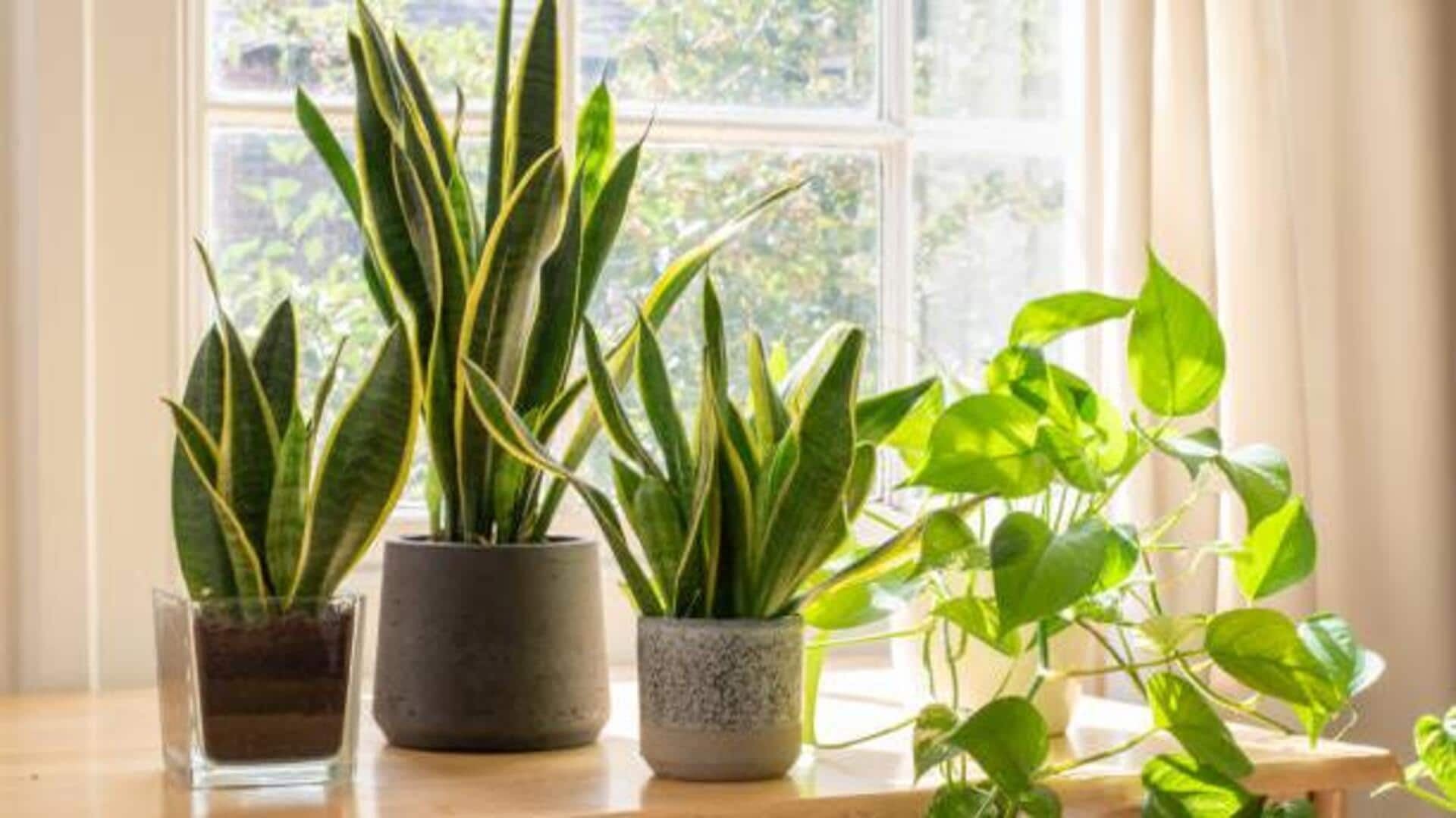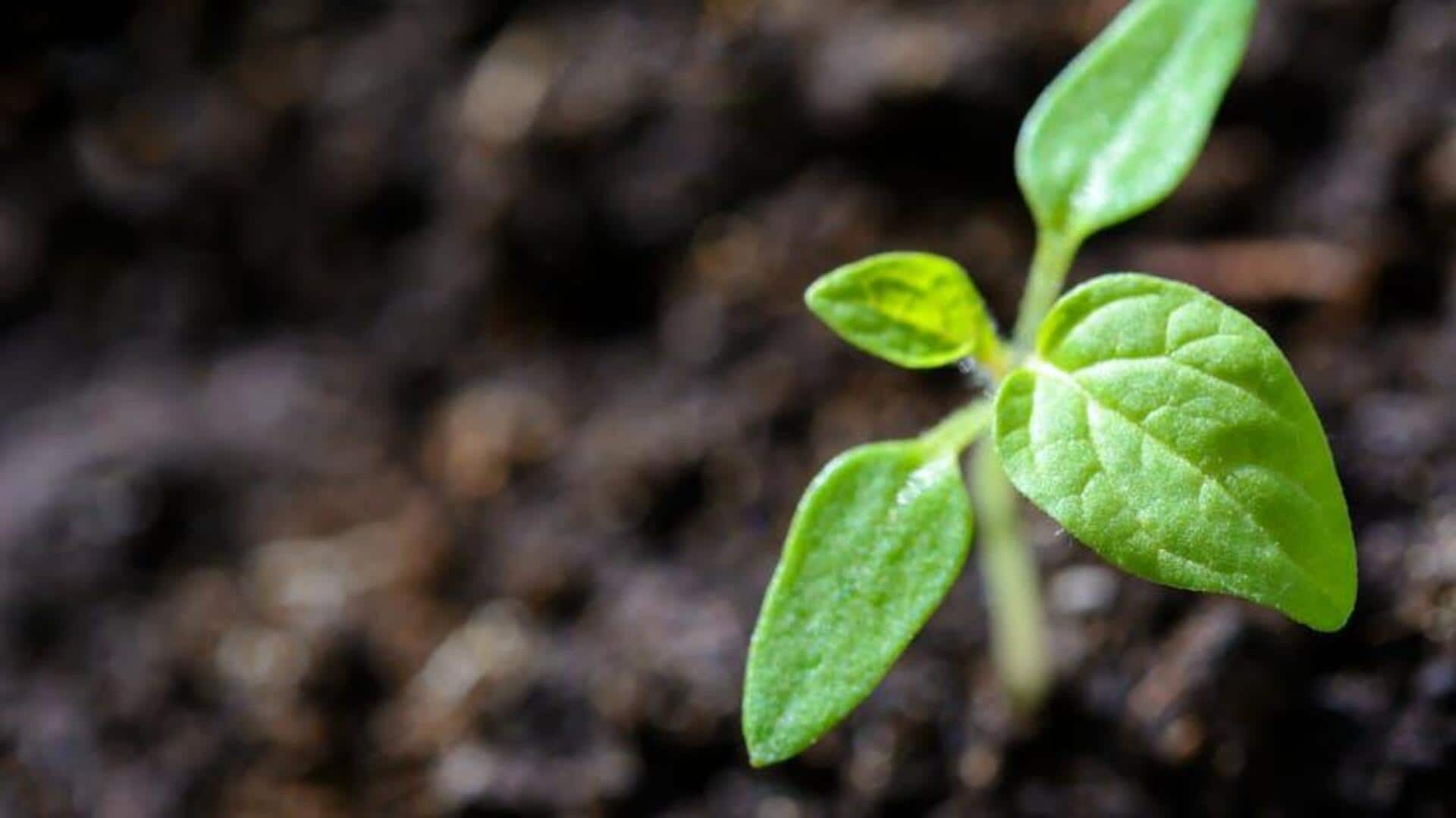Sunlight's Vital Role
Sunlight is a non-negotiable requirement for roses, as it is the engine that drives their growth and blooming. Roses are sun-loving plants, and they thrive
on at least six to eight hours of direct sunlight each day. The more sunlight your rose bushes receive, the more flowers you can anticipate. When selecting a planting location, look for an area that isn't shaded by trees or buildings, as these obstacles can hinder sunlight exposure. Adequate sunlight supports the production of strong stems and vibrant blooms, enhancing the overall health and beauty of your rose plants. Conversely, inadequate sunlight can lead to weak growth, fewer flowers, and an increased susceptibility to diseases. So, selecting a sunny spot is your first step towards ensuring your roses thrive throughout the year. Proper sunlight exposure is the bedrock of successful rose cultivation, and it will set the stage for a flourishing garden.
Watering Wisdom
Watering is crucial for rose care, and the approach should be thoughtful. Proper watering habits significantly impact the health and vibrancy of your roses. Consistent watering is essential, particularly during the growing season, but it is important to avoid overwatering, which can lead to root rot. A good rule of thumb is to water deeply but infrequently, soaking the soil thoroughly each time to encourage deep root growth. Water your roses at the base of the plant rather than overhead. This practice helps prevent fungal diseases, as it minimizes moisture on the leaves. Using a soaker hose or drip irrigation system can be particularly effective, delivering water directly to the roots and minimizing water waste. Regular monitoring of the soil moisture is also key. Check the soil a few inches below the surface; if it feels dry, it's time to water. Adjust your watering schedule based on the weather conditions, increasing frequency during hot, dry spells and decreasing during cooler, wetter periods. Proper watering habits are essential for cultivating healthy, flourishing rose bushes.
Fertilizing Essentials
To ensure your roses are robust and bloom beautifully, they need regular feeding. Proper fertilization provides the essential nutrients needed to support vigorous growth and profuse flowering. Start by selecting a balanced rose fertilizer that is formulated for your specific type of rose. Apply fertilizer according to the package instructions, typically during the growing season, which is spring and summer. Avoid fertilizing in late autumn or winter, when the roses are dormant. When applying the fertilizer, be mindful of the soil. The best time to fertilize is after watering, when the soil is already moist. Make sure not to over-fertilize. Excessive fertilizer can lead to excessive foliage growth at the expense of flowers and also cause other issues. Regular feeding will foster strong stems, vibrant flowers, and overall plant health, ensuring your roses thrive.
Pruning Techniques
Pruning is an essential practice in rose care that helps to encourage new growth, promote flowering, and maintain the shape and health of your plants. Knowing when and how to prune can make a significant difference in how well your roses grow. Pruning is generally done in late winter or early spring, before new growth begins. Remove any dead, damaged, or diseased canes at the base of the plant. Then, trim back the remaining canes to shape the plant, removing any crossed or congested branches to improve air circulation. The goal is to open up the center of the plant to allow for better sunlight penetration and airflow, which helps to prevent diseases. Use sharp pruning shears for clean cuts, and seal the cut ends with a pruning sealant to prevent disease. Regular pruning not only enhances the appearance of your rose bushes but also ensures they remain vigorous and produce abundant blooms. By pruning consistently, you're setting the stage for a garden filled with flourishing roses.
Pest and Disease Control
Protecting your roses from pests and diseases is essential to keep them healthy and beautiful. Regular monitoring and proactive measures can make a significant difference in preventing infestations and infections. Common pests include aphids, spider mites, and Japanese beetles, while black spot, powdery mildew, and rust are common diseases. Begin by inspecting your roses regularly for any signs of pests or diseases. Early detection allows for prompt treatment. When you find pests, you can wash them off with a strong stream of water, or use insecticidal soap or neem oil to combat them. Preventative measures, like ensuring good air circulation by pruning, can reduce the risk of fungal diseases. If diseases do appear, treat them with appropriate fungicides, following the instructions carefully. By taking a proactive approach to pest and disease control, you ensure your roses stay vigorous and can resist common threats. This way, you can enjoy healthy, disease-free plants, blooming profusely throughout the year.
Mulching Benefits
Mulching offers numerous benefits for your roses. It conserves moisture in the soil and reduces the need for frequent watering. Mulch also suppresses weed growth, preventing weeds from competing with your roses for nutrients. A layer of organic mulch, such as shredded bark, compost, or wood chips, provides nutrients to the soil as it decomposes. Mulching also helps to moderate soil temperature, protecting the roots from extreme heat in summer and cold in winter. When applying mulch, spread a 2–4 inch layer around the base of your rose bushes, keeping it away from the stems to prevent rot. Reapply mulch as needed throughout the year to maintain its benefits. Mulching is a simple, effective way to improve soil health, conserve water, and keep your rose bushes thriving. Incorporating mulching into your rose care routine helps ensure your plants remain healthy, beautiful, and require less maintenance.
Winter Protection Tips
Preparing your roses for winter ensures they survive the cold weather and bloom again in the spring. The type of winter protection needed varies depending on your climate and the type of roses you're growing. For colder regions, consider covering the base of your roses with a mound of soil or mulch to protect the roots from freezing. Prune the roses lightly in late fall, removing any dead or weak canes. If you have climbing roses, you can bend the canes down and cover them with a protective layer. Some gardeners wrap the plants with burlap or special rose winter protection. Water the roses well before the first frost. When spring arrives, carefully remove the winter protection after the last frost. With the proper winter care, you can help your roses survive the winter and look forward to beautiful blooms in the spring. This careful preparation will give your roses the best possible start, ensuring they remain healthy and productive in the upcoming season.












